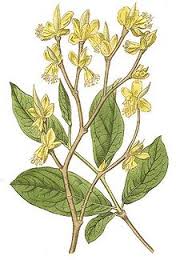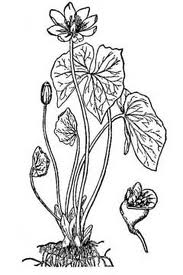 |
MARCH 30, 2025 -
LIKELY PLANTS ON MARCH 30, 2025
Spring flowering plants
Same list in alphabetical order List of plants observed on Ferry Hill loop |

|
 |
MARCH 30, 2025 -
LIKELY PLANTS ON MARCH 30, 2025
Spring flowering plants
Same list in alphabetical order List of plants observed on Ferry Hill loop |

|
Notes:
- The driveway into the mansion is just across from Canal Road on Maryland Route 34, up the hill from the bridge across the Potomac.
- Look on the Maryland Native Plant Society's YouTube page for a wonderful presentation by Carole Bergmann about Spring plants.
- Here is a short article by Larry Morse about the Northern White Cedars along the cliffs near Ferry Hill. It was published in the June 1983 issue of Castanea. (It starts towards the bottom of the first page and continues on the second page.)
- Some Ferry Hill history from the NPS.
- NPS Ferry Hill Brochure
- Ferry Hill Info from the Canal Trust (Note: Ferry Hill is no longer the Visitor Center for the C and O.)
- An article about a plant that can be found along the trail in early May, The Flower That Must Not Be Named. In our area, this plant is almost always associated with White Wood Aster, lots of which grows along the trail.
- Marion Lobstein's article which includes the above plant as well as at least 3 other plants found along the Ferry Hill trail (Bear corn, beech drops and Ghost Pipes, a.k.a. Indian Pipes): A Parasitic Lifestyle: Beechdrops and Their Relatives
- The area along the river is home to the Logo Plant of the Flora of North America. (See the logo at the top left of the Flora page.)
From a January 28, 2013 email from someone on the Flora committee in response to a question I had asked about why this little easily overlooked plant had been chosen for the logo:
"Meanwhile, here is how we decided on Floerkea. Limnanthaceae embodied a number of things about our flora that we thought were important: It is one of the very few plant families found only in our Flora area. The genus Limnanthes has many rare or endangered species and a few that have great economic potential (the seeds have useful oils). Floerkea proserpinacoides is a mouthful as a scientific name but the species is fairly widespread in the flora area, always a treat and a novelty to come across. It is a dicotylednous plant but the flowers parts are in whorls of 3, so as a graphic element it can kind of cover both dicots and monocots. The flowers are pretty simple so make a nice strong graphic."
Distribution map of False Mermaid
- The Mad Scientist of Pawpaws
.
.